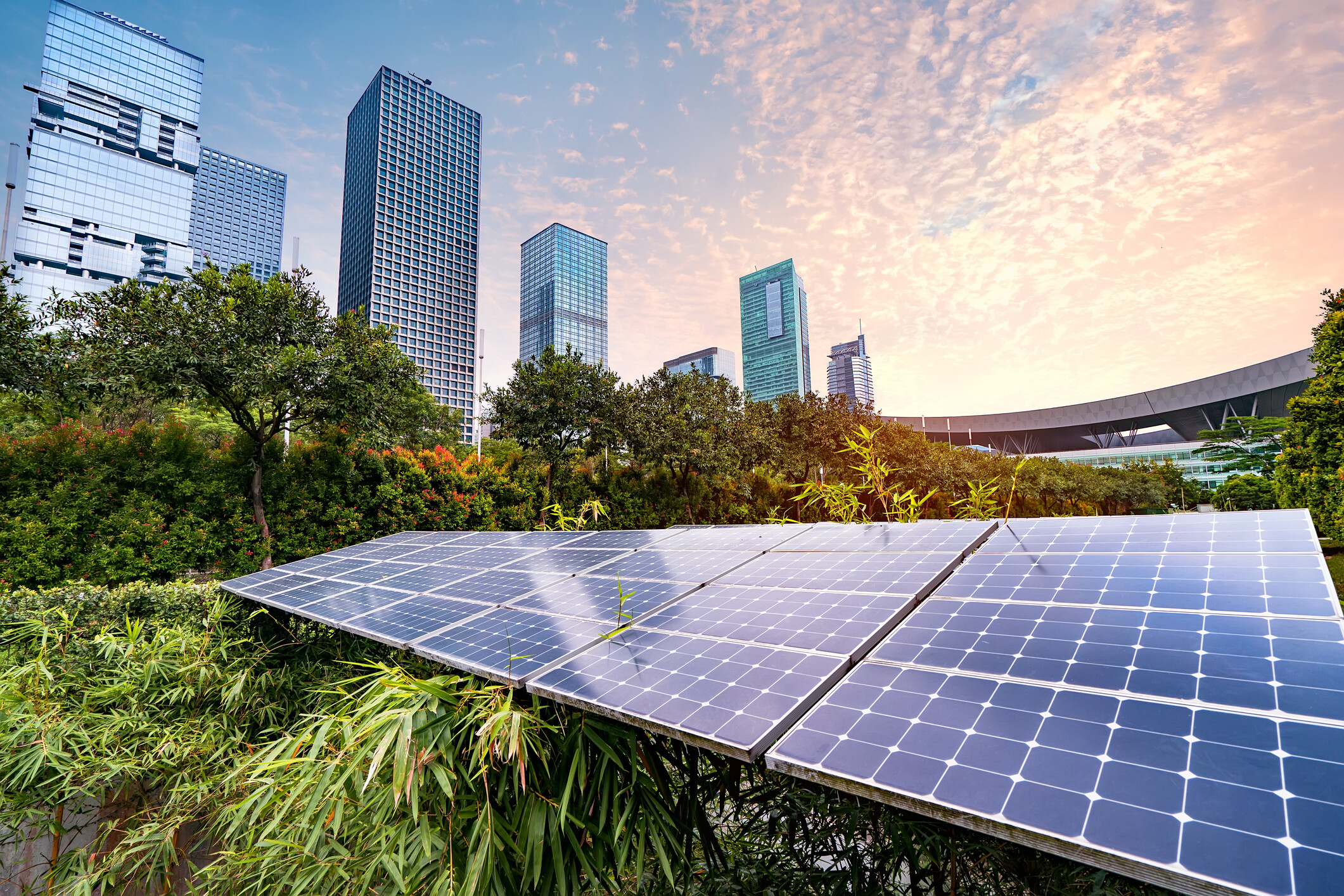Climate change could be making forests shorter – this is how

Global warming is causing trees to die at an alarming rate.
Image: REUTERS/Lucy Nicholson
Stay up to date:
Future of the Environment
- The composition of Earth’s forests is changing and global warming is a factor, says a new report.
- Older trees are disappearing at an alarming rate, harming biodiversity.
- Rising temperatures can limit photosynthesis, stunting growth in young trees.
- The World Economic Forum has launched a global initiative to grow, restore and conserve 1 trillion trees around the world to restore biodiversity and fight climate change.
Global warming is causing forests to lose many older trees, leaving the planet’s forests younger - and shorter, according to new research.
Using data from 160 previous studies and satellite imagery captured over decades, a team of more than 20 scientists analyzed the state of the world’s forests. The findings, published in Science, show that between 1900 and 2015 more than a third of the planet’s old-growth forests disappeared.
In some areas of Canada, the western US and Europe, tree loss rates have doubled over the past 40 years, affecting a disproportionately high number of mature trees. Alongside decades of logging activity and forest clearances, increasing temperatures from human-made climate change are seen as a significant factor.
As well as Brazil, where both human activity and wildfires have cleared large tracts of Amazon rainforest, Russia and North America have lost vast areas of tree canopy. More than 55,000 square kilometres of Russia’s tree cover was cleared in 2018 – roughly equivalent to the size of Croatia.
Stunted growth
The loss of mature trees is harming global biodiversity levels, as animal habitats disappear and ecosystems are disrupted. What’s left are predominantly younger trees, less able to reach for the skies due to warming temperatures, which limits photosynthesis and stunts tree growth.
“Unfortunately, mortality drivers like rising temperature and disturbances such as wildfire and insect outbreaks are on the rise and are expected to continue increasing in frequency and severity over the next century,” says the lead author of the study, Nate McDowell of the US Department of Energy’s Pacific Northwest National Laboratory.
“So reductions in average forest age and height are already happening, and they’re likely to continue to happen.”
Carbon sponges
Trees act as natural sponges to absorb carbon dioxide from the planet’s atmosphere. When mature forests – which are generally bigger and can hold more carbon than younger areas of canopy – die, the planet’s capacity to store CO2 is diminished, exacerbating climate change.

Another study, led by Martin Sullivan from the University of Leeds and Manchester Metropolitan University, suggests that tropical forests are resistant to small temperature changes until they reach a threshold of about 32℃. Beyond this, trees stop growing and begin to die, releasing carbon back into the atmosphere.
"The 32-degree threshold highlights the critical importance of urgently cutting our emissions to avoid pushing too many forests beyond the safety zone,” Sullivan says.
"For example, if we limit global average temperatures to a 2°C increase above pre-industrial levels this pushes nearly three-quarters of tropical forests above the heat threshold we identified. Any further increases in temperature will lead to rapid losses of forest carbon."
What’s the World Economic Forum doing about climate change?
A trillion ways to tackle climate change
Aiming to support forest conservation efforts, the World Economic Forum has launched a global initiative to grow, restore and conserve 1 trillion trees. The 1t.org programme aims to connect, empower and mobilize tree planting and reforestation efforts to restore biodiversity and fight climate change.
The programme is designed to support the UN Decade of Ecosystem Restoration 2021-2030, led by UNEP and FAO, by bringing together governments, business leaders, entrepreneurs and other stakeholders.
It builds on existing reforestation programmes, providing a platform to help coordinate funds and political support, while connecting tens of thousands of small and large conservation groups.
Accept our marketing cookies to access this content.
These cookies are currently disabled in your browser.
Accept our marketing cookies to access this content.
These cookies are currently disabled in your browser.
Don't miss any update on this topic
Create a free account and access your personalized content collection with our latest publications and analyses.
License and Republishing
World Economic Forum articles may be republished in accordance with the Creative Commons Attribution-NonCommercial-NoDerivatives 4.0 International Public License, and in accordance with our Terms of Use.
The views expressed in this article are those of the author alone and not the World Economic Forum.
Related topics:
Forum Stories newsletter
Bringing you weekly curated insights and analysis on the global issues that matter.
More on Sustainable DevelopmentSee all
Robert Opp and Keyzom Ngodup Massally
April 4, 2025
Sophia Otoo and Cynthia Rayner
April 2, 2025
Fredy Vargas Lama
March 28, 2025
Reema Nanavaty and Prerna Saxena
March 25, 2025
Denise Rotondo, Emily Bayley and Vijay Bains
March 24, 2025
Fernando J. Gómez and Wesley Spindler
March 24, 2025






